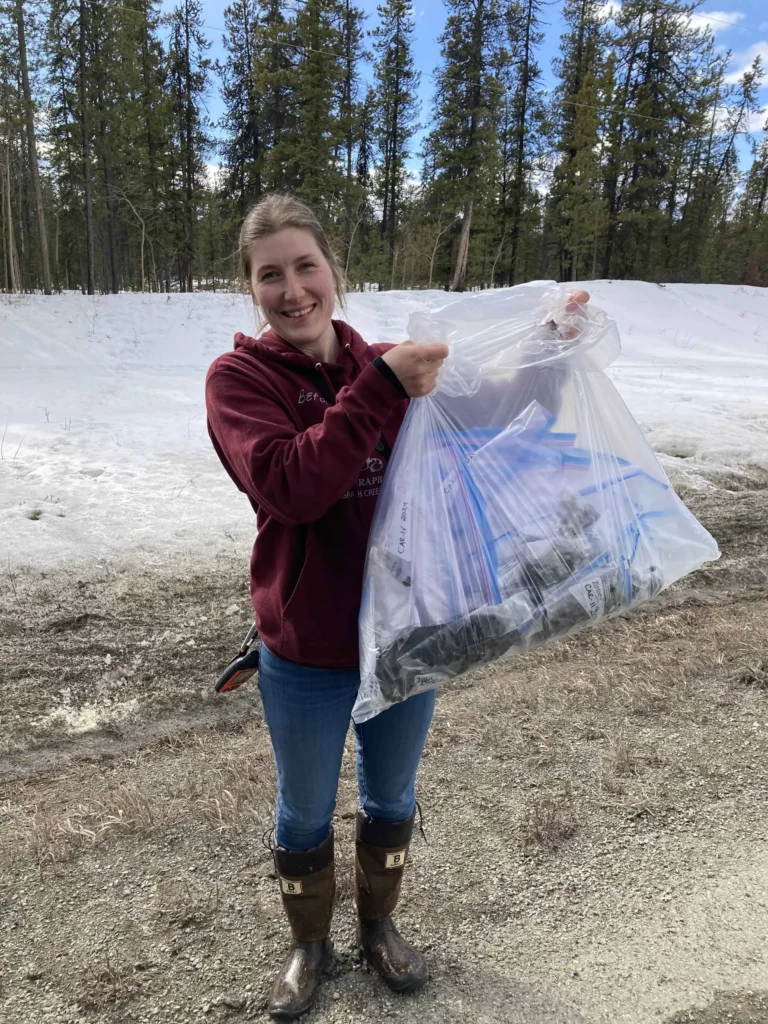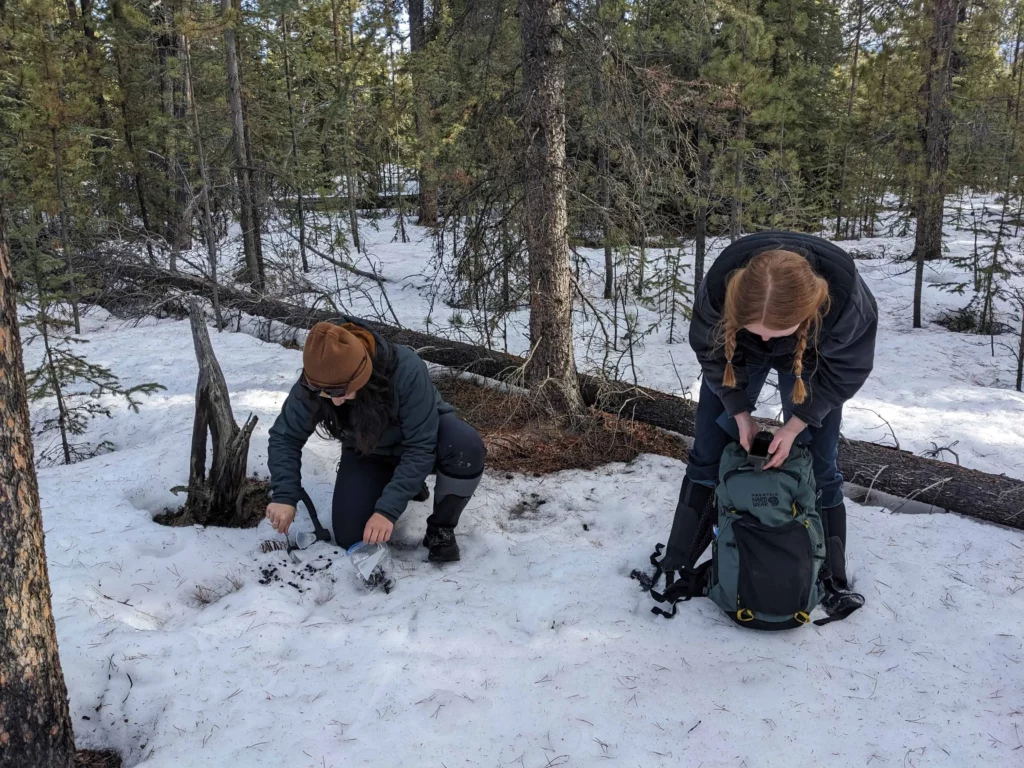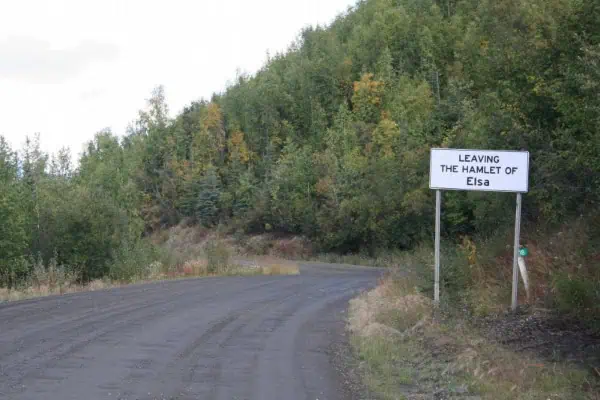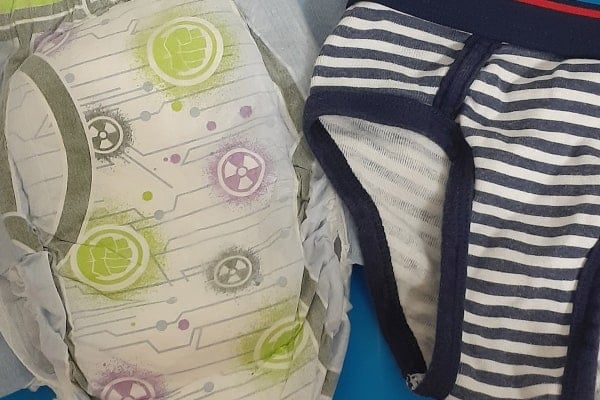The “who’s who” of poop in the wild


When you ask a Yukon biologist if a bear does, in fact, poop in the woods, they will most definitely tell you yes. Then they’d explain how healthy that bear is, what it ate for breakfast and what minerals and nutrients are missing from its diet.
Thomas Jung, who is the senior wildlife biologist with the Government of Yukon’s Department of Environment, said that having the opportunity to collect animal scat in the field is a hugely beneficial way for scientists to determine how the territory’s mammal populations are doing. In addition to planned projects that specifically target poop collection, biologists in the field will often seize upon opportunities to collect droppings for study.
Jung said that when the poop is collected and then sent to a lab for analysis, a whole range of information can be gleaned from those samples. It allows biologists in the Yukon to see the health and status of those animals, he said, adding that it also means there’s less stress on those animals that don’t need to come in contact with people.
“Poop, obviously, is one [way] we don’t have to handle an animal,” Jung said. Direct contact and collecting scat is still a common two-pronged approach to the work.
Other important markers that scientists see in animal poop comes in the form of genetics and parasites, Jung said. In the case of the former, genetics can tell biologists about animal populations—a kind of “who’s who,” he said. As for the latter, parasites directly equate to an animal’s health, and the scat they deposit is vital in tracking what kinds of parasites are out there, through the clues they leave behind.
“Many parasites that live in mammals—including humans—shed their eggs in poop,” Jung said.
He added that, once in the lab, scat can be broken down into bits of information and provide data on things like the animal’s diet, but also about things like minerals and nutrients.
Jung said the most-important thing they look for is the level of nitrogen in the scat. “Nitrogen is an indicator of crude protein levels in an animal’s diet,” he said.
Right now, as winter turns into spring, work is being done on collecting droppings from both caribou and bison, which are a big part of the collection process.
“A lot of our poop work focuses on ungulates,” Jung said, adding that recently they have been able to do poop collection from trapped animals such as lynx and wolverine. When the weather warms up, there are programs that look specifically at collecting droppings from bats and pikas, as well; though the bigger animals are looked at closely as they struggle the most, at this time of year, and face a greater mortality rate, making the collection of scat and determining animal health that much more important.
Throughout the year, these samples are collected and then sent to labs all over the country, many of which are in universities but also some that are in federal labs. In addition, sometimes word will get out between labs that one of them has samples from Yukon animals. Multiple labs will reach out to see if they can have samples for their own projects, Jung added.
After decades in the field, Jung said he still very much enjoys the collecting of animal poop as part of the job. He even joked that he may have a little too much fun.
“I have a reputation of collecting too much,” he said, with a laugh. But when it comes down to it, the process is fun and fairly low-key. He tells people they only need two tools for the job: “You need a hatchet and a fork.” The hatchet helps with chopping up the frozen scat, and the fork acts like a small rake to gather droppings and put them in sample bags.
All joking aside, the most-important point of it all is being able to learn from that scat and have that knowledge about the animals in the Yukon, he said.
Jung is quick to reiterate that the biologists have the less-stressful job in collecting the poop and that those who work in laboratories and break it down into usable data are the ones who do the hard work.
“Our job is the easy job,” he said with a chuckle.




